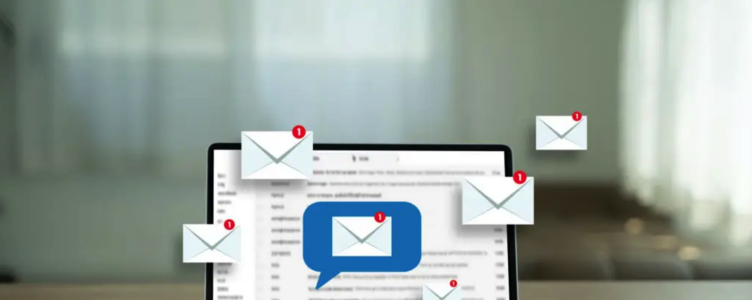Writing High-Impact Emails with Generative AI Tools

Emails are one of the most effective communication tools for businesses, but crafting high-impact messages that engage readers and drive action can be challenging. Generative AI tools are changing the game, offering a faster and more efficient way to create emails that resonate with your audience. Here’s how you can use generative AI to supercharge your email strategy.
What Is Generative AI in Email Writing?
Generative AI tools, such as ChatGPT or Jasper, use machine learning to create personalized, concise, and engaging email content. These tools can help you:
- Draft Compelling Subject Lines: Use AI to create attention-grabbing subjects tailored to your audience.
- Example: “Don’t Miss Our Exclusive Offer, Sarah!”
- Write Persuasive Email Body Copy: Generate clear and focused messages that convey your value proposition in seconds.
- Example: “Ready to boost your business with our marketing toolkit? Join over 10,000 satisfied clients today.”
- Optimize CTAs for Action: Suggest clear, actionable phrases like “Shop Now” or “Schedule Your Free Demo.”
Key Benefits of Generative AI for Email Creation
1. Saves Time
AI automates the drafting process, giving you more time to focus on strategy. For example, instead of spending hours brainstorming, you can have a full draft ready in minutes.
2. Personalization at Scale
AI tools can create personalized messages for thousands of recipients by incorporating variables like names, locations, and past interactions.
- Example: “Hi James, we noticed you were interested in our premium plan. Here’s a 20% discount to get started.”
3. Improves Engagement
AI can test multiple subject lines, tones, and formats to identify what resonates most with your audience.
4. Enhances Creativity
Stuck on how to start? AI can suggest ideas, formats, and hooks that align with your goals.
Practical Steps to Write High-Impact Emails Using AI
- Start with a Clear Prompt
- Share specifics like your goal, audience, tone, and any key details.
- Prompt Example: “Write a professional email introducing a new AI-powered productivity tool. Target audience: tech-savvy professionals.”
- Review and Refine
- AI-generated drafts are a starting point. Customize them to match your brand voice and ensure factual accuracy.
- Test and Iterate
- Use AI to create multiple versions of your email. Test subject lines, formats, and CTAs to find what works best.
- Add Human Touch
- Include personalization and empathetic messaging that only humans can fully master.
Examples of AI in Action
Example 1: Product Launch Announcement
Scenario: A SaaS company is launching a new feature.
AI Draft:
Subject: “Unlock the Future of Team Collaboration 🚀”
Body: “We’re excited to introduce SmartSync, our latest feature designed to streamline workflows and boost productivity. Click below to try it today.”
CTA: “Explore SmartSync.”
Example 2: Event Invitation
Scenario: A marketing agency is hosting a webinar.
AI Draft:
Subject: “Join Us: 5 Trends Transforming Marketing in 2024”
Body: “Discover how top brands are staying ahead in 2024. Join our free webinar on January 15th and learn actionable strategies to grow your business.”
CTA: “Reserve Your Spot.”
Challenges and Solutions
- Over-reliance on AI: Avoid publishing drafts without review; ensure they align with your voice and goals.
- Generic Outputs: Provide detailed inputs to help the AI generate specific and relevant content.
- Compliance Concerns: Review emails for legal and ethical standards, especially for regulated industries.
Conclusion
Generative AI tools empower marketers to write high-impact emails faster and more effectively. By combining AI-generated drafts with human creativity and oversight, you can create personalized, engaging messages that drive results. Whether you’re crafting product announcements, newsletters, or promotional campaigns, generative AI is a must-have tool for modern email marketing strategies.






